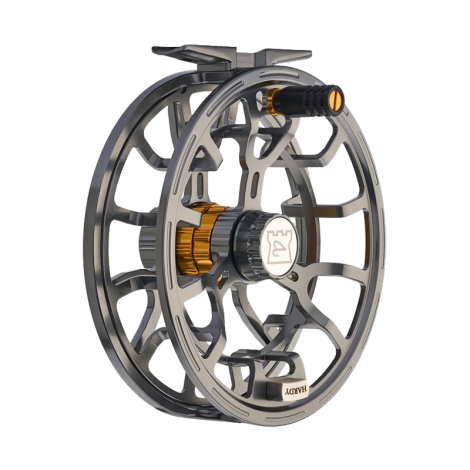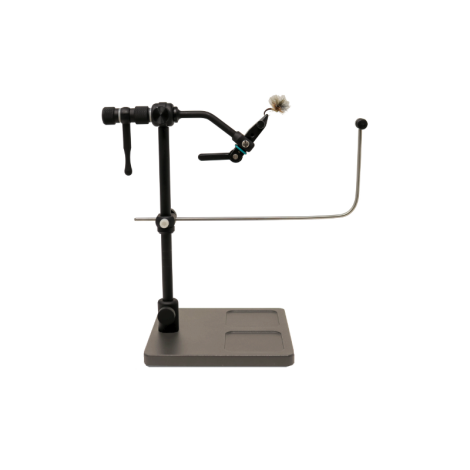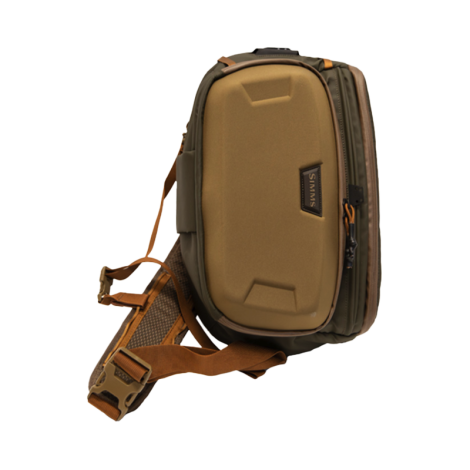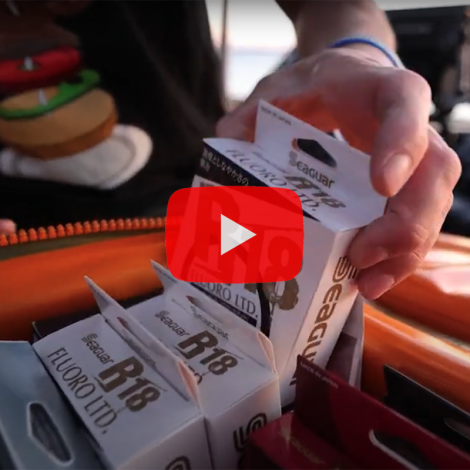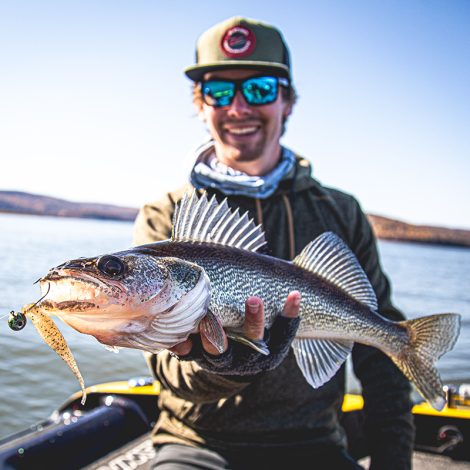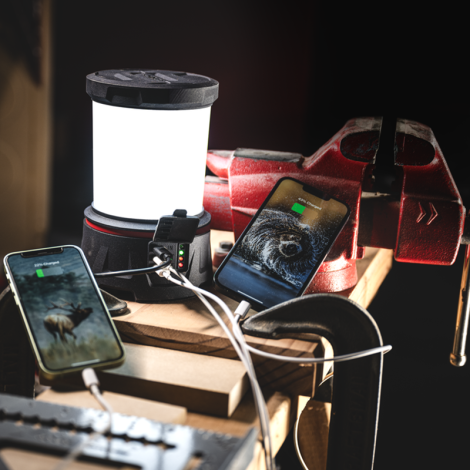34
Erie’s Central Basin Canadian Fishing Ports
New Product Winners: Fly Fishing
This week, we continue our ICAST coverage with ten winners from the expanded Fly Fishing products group.
Temple Fork Outfitters
Elevare Premium Series Rods
Pure Fishing, Inc.
Hardy Averon Fly Reel
Grundéns
Vector Zip Stockingfoot Wader
Simms Fishing Products
Tailwind Rod & Reel Vault
Scientific Anglers
Magnitude Smooth Tarpon Full Clear
Pure Fishing, Inc.
Shakespeare Cedar Canyon Fly Combo
AFN Fishing & Outdoors
140mm Xtreme Pliers
Grundéns
Portal Gore-Tex Wading Jacket
Simms Fishing Products
Headwaters Sling Pack
R18 Seaguar JDM Offers Strength and Suppleness
Dropping In on Slab Crappies and Bluegills
Not Another Forward-Facing Sonar Article
Power with 11 Nights of Runtime

Bird Nests

Generally, most bird nests appear as woven, bowl shaped collections of dried grasses. A closer look at abandoned nests typically reveals a much broader assemblage of construction materials including leave stems, thin twigs, evergreen needles, lengths of yarn, strips of cloth—most anything that is pliable and compressible. Birds mix mud with bits of feathers, grasses and leaves (to keep the mud from cracking) to form a mortar used to tightly seal and strengthen their nests.
Birds’ Magnetic Eyesight

Birds have incredible sensory abilities. For example, they are able to calibrate and orient where the sunset is; they also can recognize and use star patterns for navigation purposes. Even more incredible, birds apparently have a molecule in their eye that helps them sense the earth’s magnetic field, giving them the ability to actually see and remember patterns of polarized light.
The Real ‘Woody Woodpecker’
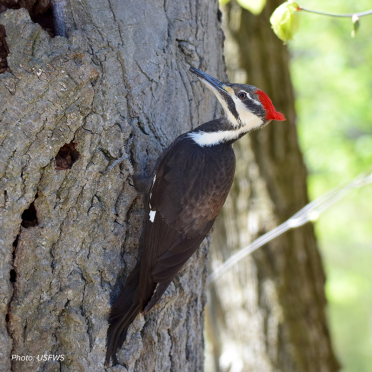
Warner Bros.’ cartoon factory fashioned their Woody Woodpecker character after the huge pileated woodpecker. However, its behavior is much less comical than “Woody’s” antics on the screen.
Like other woodpeckers, pileated have a long, probing tongue for reaching into small areas in search of food. Pileated have sticky saliva and their tongues are lined with barbs that point backward—both adaptations to prevent prey from slipping off. Its tongue is so long that it wraps around the skull when it’s not in use. Big, rectangular holes in hollow trees are an indicator you’re in pileated woodpecker country.



